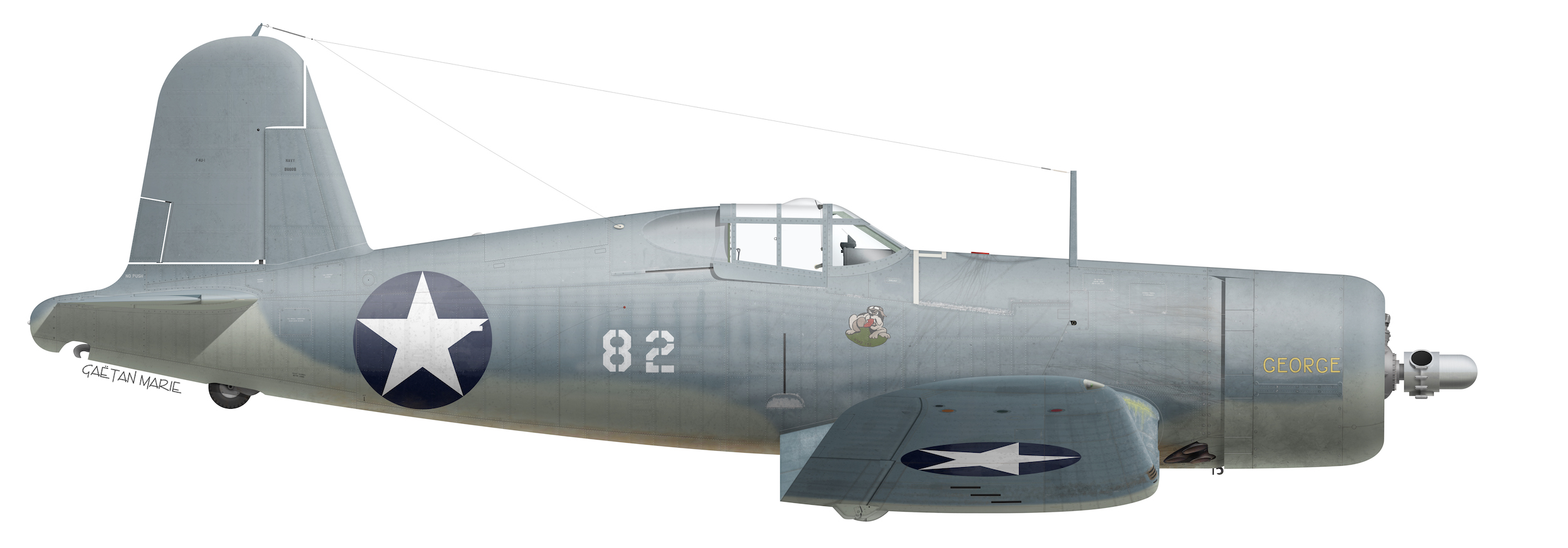Nicholas Andrew Vlassie, born on May 23, 1918, was the son of Andrew Constantine Vlassie from Corinth, Greece, and Photoula Vlassie (Nicholaides). Nick was the oldest followed by Emanuel (aka Manoli) who also served in the Royal Canadian Air Force, stationed at No. 3 Wireless School, Tuxedo during the Second World War, then Constantine and 14 years later his sister Katina was born. Andrew came over in the early 1900s, landed in Rochester, New York and later went to LA. While he was in California he was contacted by a cousin in Winnipeg, who worked at the Royal Alexandra Hotel on Higgins, and told him to come to Winnipeg because it was a booming town and there was lots of work. It was called the "Chicago of the North". Andrew packed up and went to Canada, where he also started working at the hotel. Photoula came over in 1914 when she was 16 years old (born in 1898). Andrew wrote to her father to ask him for her hand in marriage and accepted only after he gave her daughter the choice. It is most probable that they knew each other as their families were both from Corinth. After the war, Andrew and his two sons Manoli and Constantine (Gus) purchased The Chocolate Shop, one of the oldest restaurants on Portage Avenue. This family business, a Winnipeg institution, was renowned for gorgeous pastries baked on the second floor and was a regular hangout for many. Manoli and Gus worked The Chocolate Shop for several decades and probably Nicholas would have joined them had he survived the war. Nicholas attended Gladstone and Kelvin Schools and was manager of the College Inn, Portage Avenue before enlistment. He was eager to join the war effort and it is certain that the Greek resistance against the Italian and German invaders motivated him. Actually, he did participate in actions of the Greek Canadian Winnipeg community to aid the war-harassed people of Greece, specifically two dances in which he was dressed in evzone, dancing with Greek folklore music. Nicholas honored Greek customs and according to his file he also spoke Greek fluently. He joined RCAF on September 14, 1942. Later he was posted to...
For more details please click the following link:
https://www.greeks-in-foreign-cockpits.com/pilots-crews/bombardiers-and-navigators/nicholas-vlassie/
Greek Version

































Recent Comments